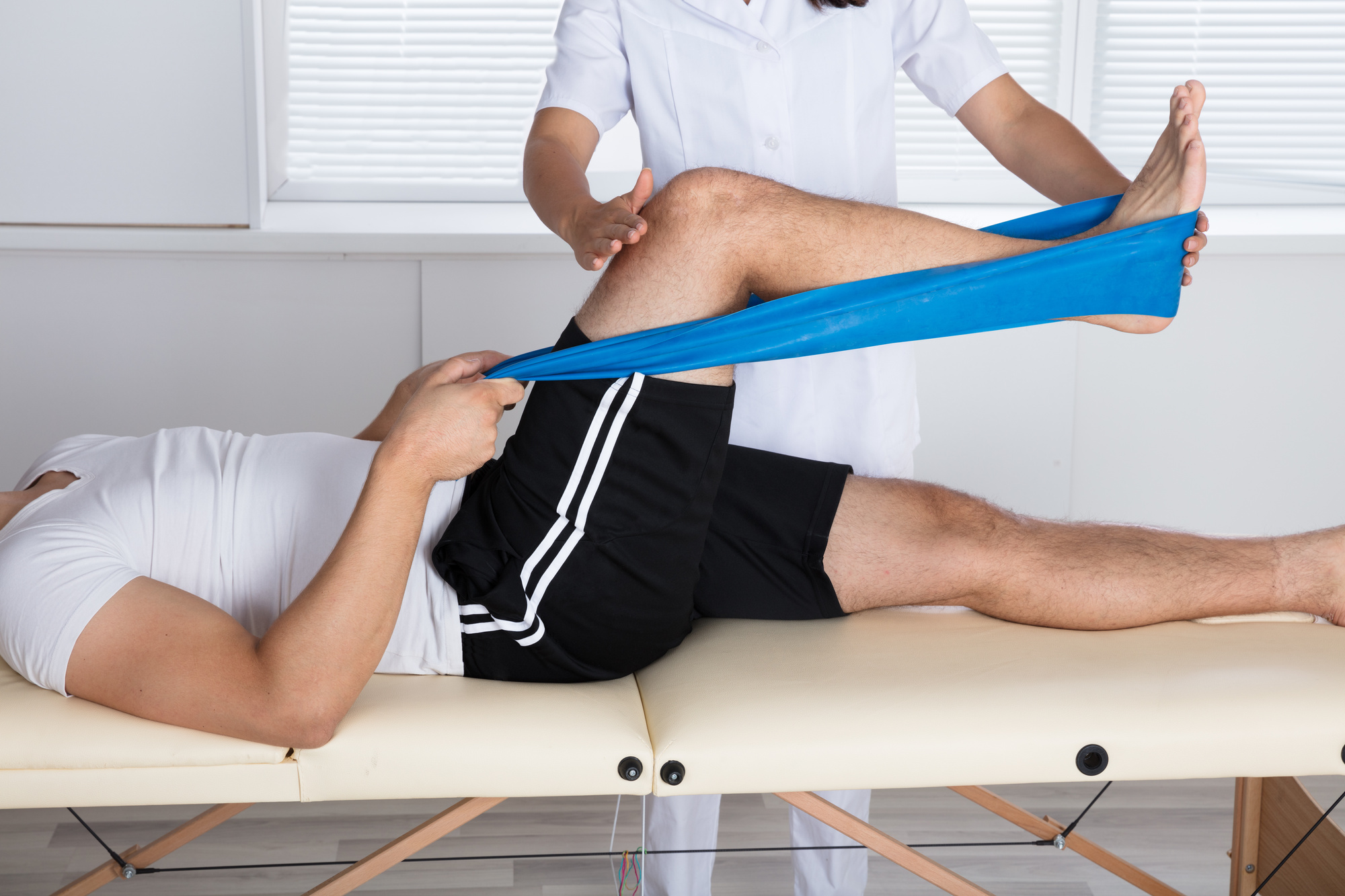Assessing the Interaction of Joint Flexibility and Stability in Patient Results
Joint movement and stability are crucial factors that impact client outcomes in rehabilitation and therapy. Joint mobility refers to the extent of movement available at a articulation, while stability entails the capacity to maintain management of that articulation during movement. When clients have optimal joint mobility, they can navigate their limbs freely, which is essential for conducting daily tasks. On the other hand, steadiness helps prevent harm by allowing the body to maintain correct positioning and balance during these actions. Grasping how these two elements connect can lead to better care plans and bettered recovery for clients.In many cases, patients with articular pain or injuries frequently experience a reduction in mobility. For instance, disorders like arthritis can limit how much a articulation can move, making it challenging for individuals to perform tasks such as walking or ascending stairs. Physical therapists often concentrate on activities that increase range of motion through flexibility work and strengthening. These activities can help reestablish the extent of movement, making it easier for patients to participate in their everyday tasks. However, increasing range of motion without considering steadiness can lead to further harm, highlighting the browse this site need for a balanced approach.

Control is just as important in therapy. When a articulation lacks stability, it becomes more susceptible to harm during activity. For example, an wobbly knee articulation can result to strains or ruptures while running or jumping. To enhance control, therapists may integrate exercises that fortify the muscles around the joint. These exercises help reinforce the articulation and avert excess motion that could lead to injury. By focusing on both range of motion and control, rehabilitation specialists can provide a comprehensive treatment plan that meets the unique requirements of each patient.
The interaction between articular mobility and control is particularly clear in sports medicine. Sports participants often require a elevated level of both mobility and control to perform at their optimal. For example, a dancer needs to have flexible articulations to achieve intricate actions while also preserving control to prevent falls. In sports training, trainers and coaches emphasize the importance of cultivating both aspects to enhance ability and reduce the risk of harm. This approach ensures that athletes can perform effectively while keeping their articulations safe during rigorous exercises.
In conclusion, understanding the connection between articular mobility and control can lead to better outcomes for clients see this website in various environments, from rehabilitation centers to sports training centers. By promoting both elements, medical practitioners can help patients regain their power and assurance. This balanced approach not only helps in recovery but also equips people with the resources they need to avert subsequent injuries. As studies continues to evolve in this field, the importance of combining mobility and stability in care plans will continue to be a key priority for improving client care and overall health.